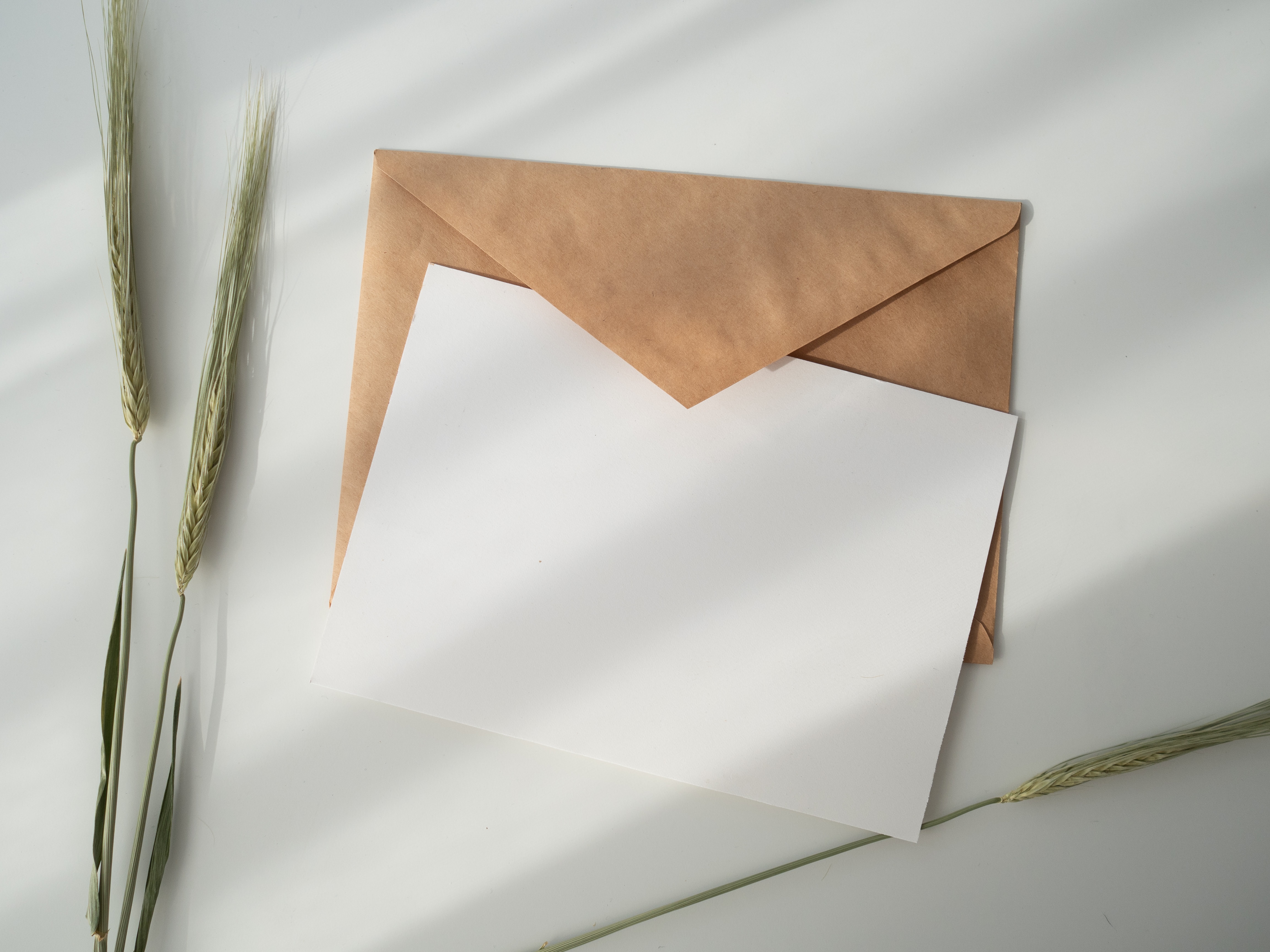What do people linked through donor conception want to know about each other?
 Over the last few decades many thousands of people have been born as a result of donor sperm or eggs in Victoria. As they reach adulthood, some yearn to know more about their genetic origins and some donors want to know more about the people they helped conceive. Donor linking is the process by which donor-conceived people (DCP), parents of donor-conceived children and donors can access information about each other.
Over the last few decades many thousands of people have been born as a result of donor sperm or eggs in Victoria. As they reach adulthood, some yearn to know more about their genetic origins and some donors want to know more about the people they helped conceive. Donor linking is the process by which donor-conceived people (DCP), parents of donor-conceived children and donors can access information about each other.
In Victoria people linked through donor conception can apply for information about a related party from donor registers. There are two donor registers; the Central Register where identifying information about all parties involved in a donor procedure that results in the birth of a child is recorded, and the Voluntary Register where people who want to connect with others, including donor siblings, can record information about themselves. Both registers and a specialised counselling service for people who apply for information about a related party are managed by the Victorian Assisted Reproductive Treatment Authority.
When people apply for information from the registers about a related party, they are asked to complete a so called ‘Statement of reasons’ (SOR) where they explain their reasons for applying and their short and long-term goals. This document is then given to the subject of the application to give him or her an idea of what the person who is applying for information about them is looking for.
In a paper just published researchers analysed the content of SORs written by applicants who had agreed to be recontacted for research. Forty-two of 93 applicants took part (45%). Of these 19 were parents of donor-conceived children, 17 were donor-conceived adults, and six were donors.
All applicants wanted personal information and were particularly interested in the related party’s medical history, physical characteristics or traits, and family. Some were asking for a photograph because they wanted to know if they shared a family resemblance. Most wanted some form of contact with their related party. Commonly people expected this to be through email initially and some were hoping this would eventually progress to meeting face-to-face if both agreed.
This is the first study to explore what people who are linked through donor conception and have access to donor registers want to know about each other. It’s clear that they are eager for information about their genetic relatives which demonstrates the importance of government-funded donor registers and laws that give those affected by donor conception the right to information.
Where donor linking is normalised by law, this may contribute to a new era of openness in the field of donor conception.
Source:
Dempsey, D., et al., Applications to statutory donor registers in Victoria, Australia: information
sought and expectations of contact. Reproductive Biomedicine & Society Online, 2019.
Open access link:
https://www.sciencedirect.com/science/article/pii/S2405661819300097?utm_...
73_AUTH_SERV_PPUB&utm_medium=email&utm_dgroup=Email1Publishing&utm_acid=14915676&
SIS_ID=0&dgcid=STMJ_75273_AUTH_SERV_PPUB&CMX_ID=&utm_in=DM637240&utm_source=AC_
30&utm_term=Email%201%20Publishing_TLSH